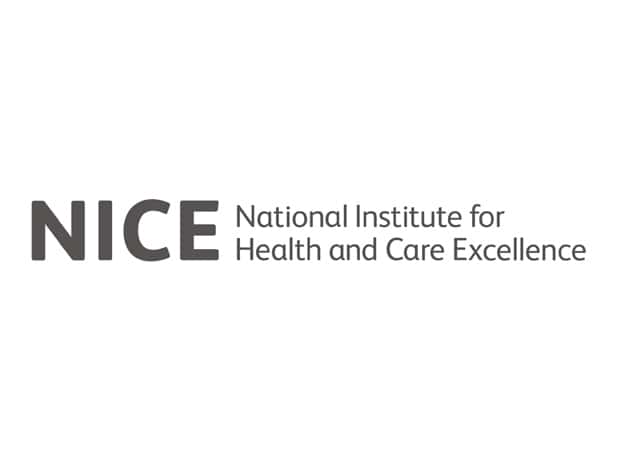Treatment will assist young people and children with symptoms of mild-to-moderate anxiety
The National Institute for Health and Care Excellence (NICE) has conditionally recommended digital cognitive behaviour therapies (CBT) for use in the NHS. It is hoped that the courses of treatment will help children and young people with symptoms of mild-to-moderate anxiety.
Draft guidance released for consultation states the technologies can be used with support from a mental health professional. Meanwhile, additional evidence is generated to check if the benefits offered are realised in practice.
If the recommendations are confirmed after the initial consultation, the technologies could be offered to some children and young people, identified as having mild-to-moderate symptoms of anxiety or low mood by a mental health practitioner.
Patients may also be offered other support such as face to face CBT alongside digital therapies, where appropriate.
The five products offer games, videos and quizzes which aim to help children and young people learn techniques to better understand and manage their symptoms of anxiety.
Digital CBT is delivered via tablets, computers or mobile phones and can be accessed remotely, with increased capacity and support for face to face CBT. This delivery system may be particularly appealing to young people who are regular users of digital technologies such as smartphones.
The independent NICE committee found there is some evidence to suggest that guided self-help digital CBT technologies may improve symptoms of anxiety, although more evidence is needed to inform a full NICE assessment before considering these for routine use across the NHS.
Mark Chapman, interim director of medical technology at NICE, explained: “There is an increased need for child and young people’s mental health services that has become even greater due to the COVID-19 pandemic. Technologies like these, could help children and young people get wider access to support.










